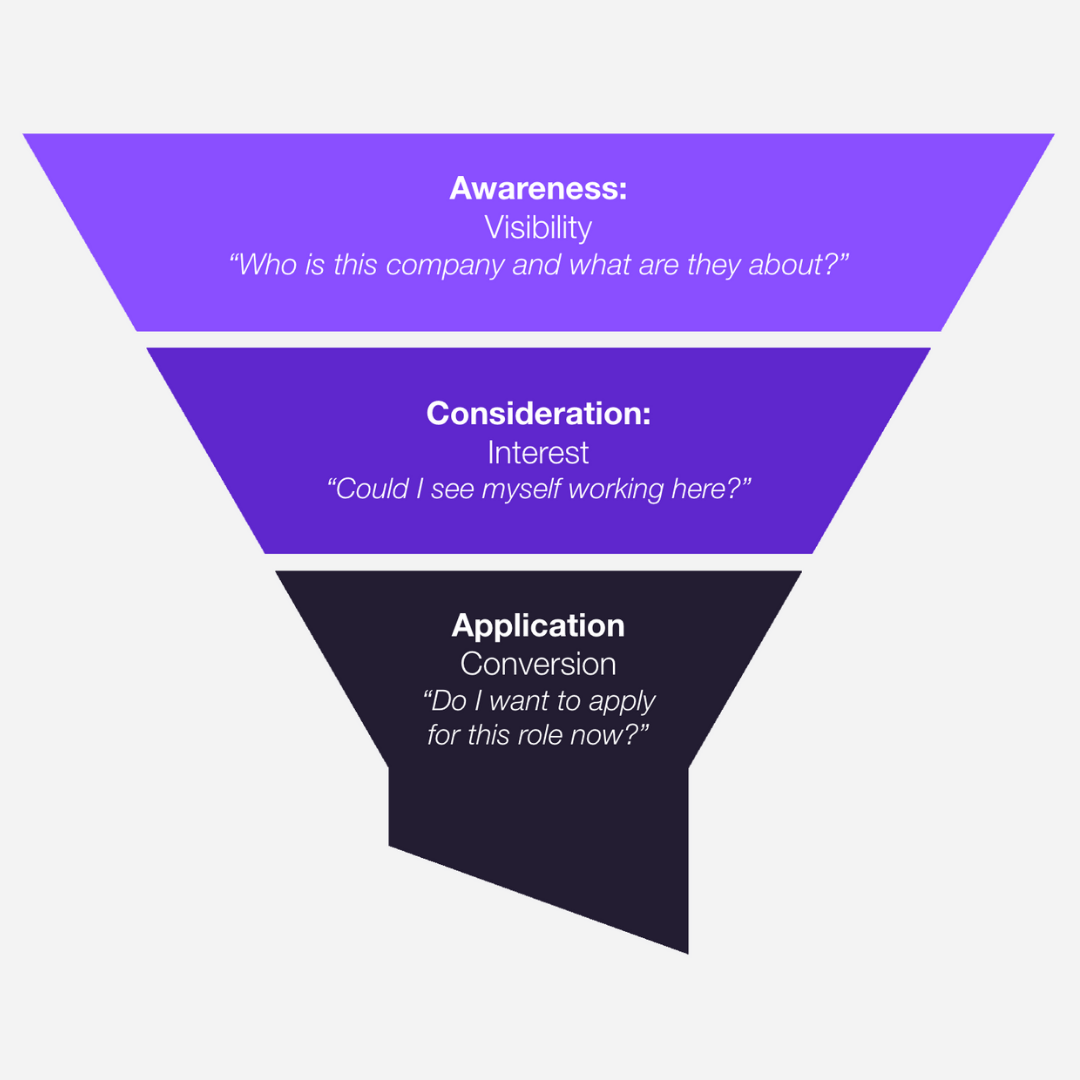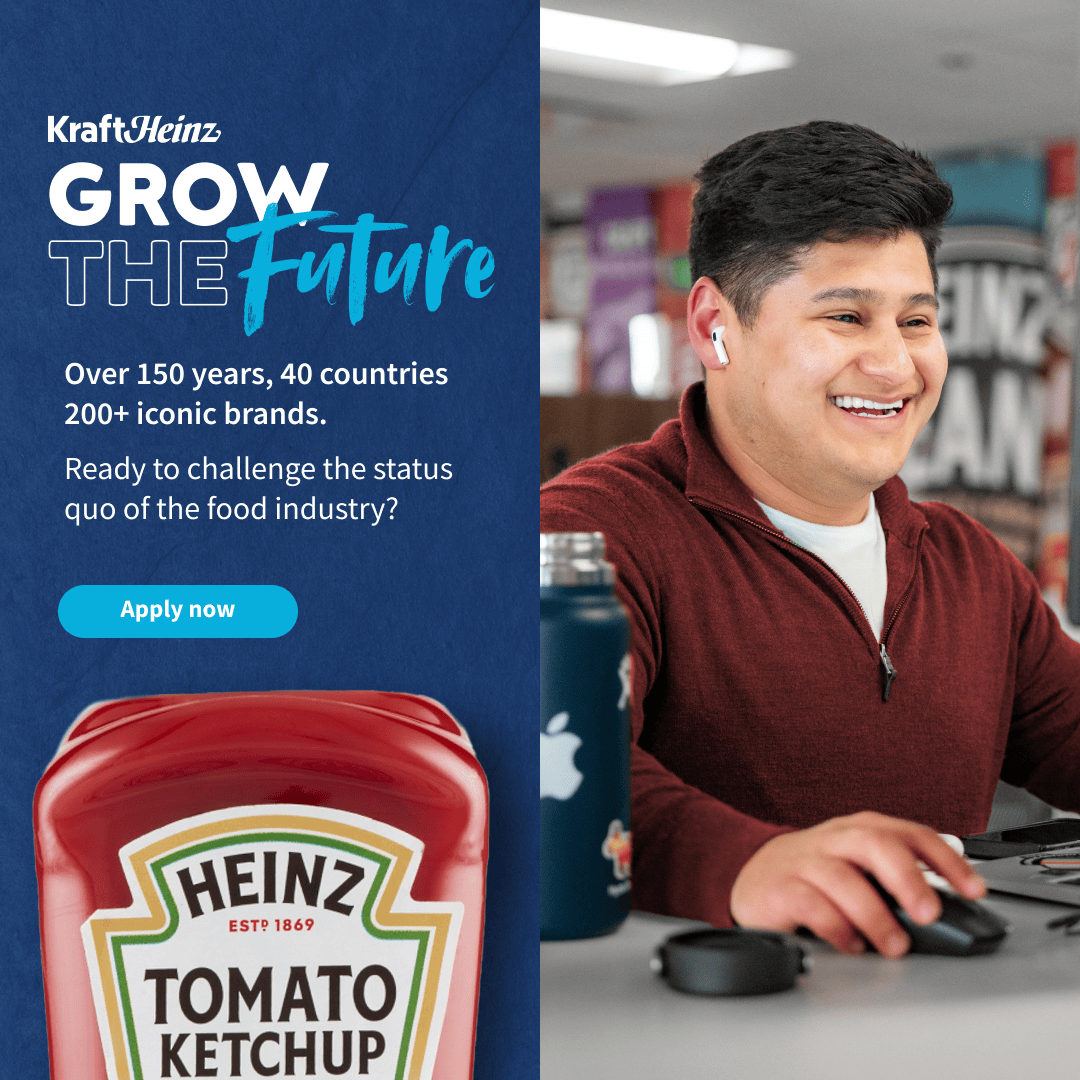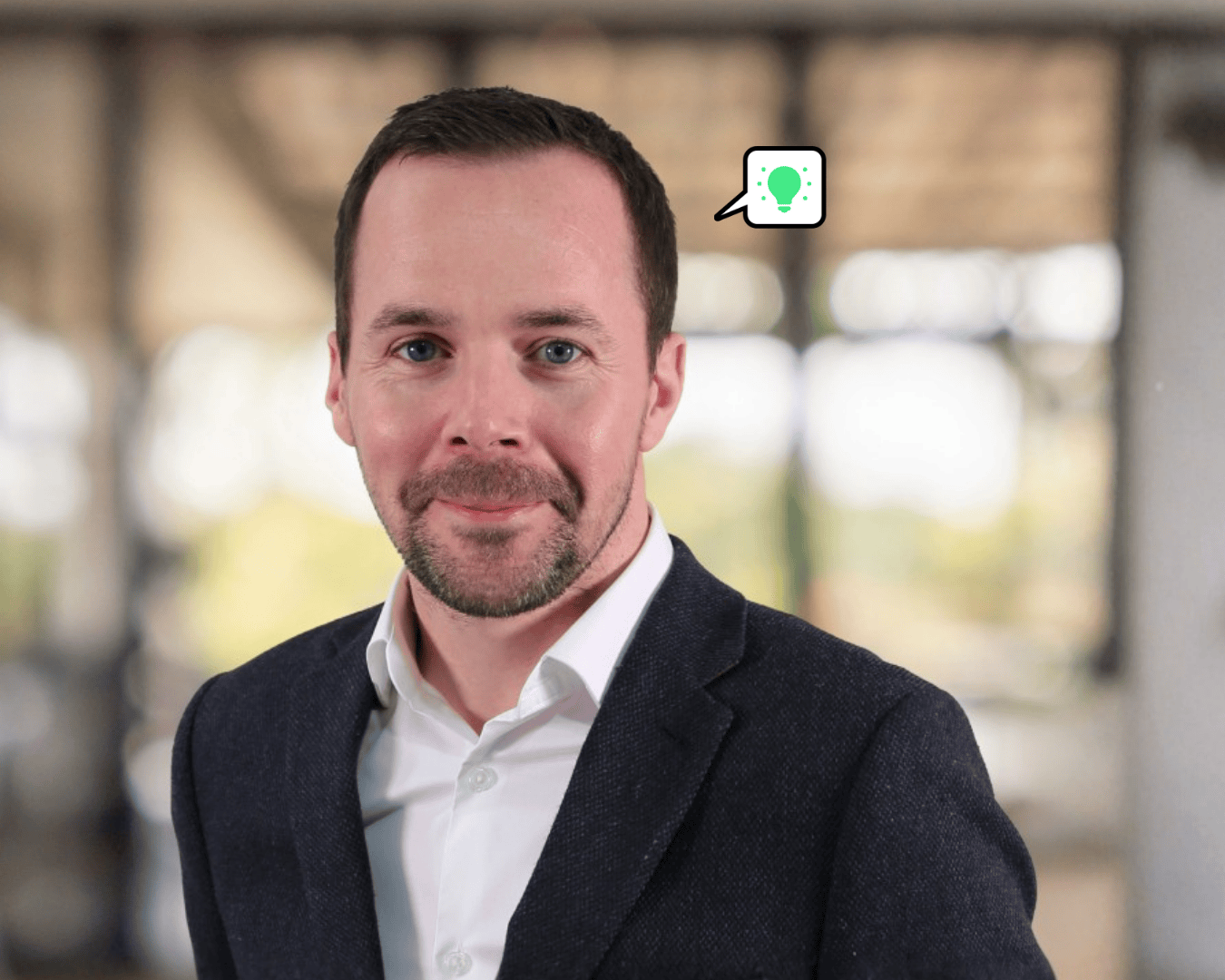What's covered in this blog:
Five of the most common reasons your recruitment marketing and employer branding campaigns aren’t performing as well as they could; from broad, untargeted audiences and job-first messaging, to a lack of funnel thinking, underused data, and creative that doesn’t do your EVP justice and share simple, practical ways to tighten each of these so your activity works harder and attracts the right candidates.
Recruitment marketing isn’t just about pushing out job ads. It’s about grabbing attention, building brand trust, and getting the right people to take action. But here’s the truth: a lot of recruitment campaigns aren’t working as well as they should.
Why does this matter? Because the competition for talent is fierce. According to LinkedIn, 75% of job seekers research an employer’s brand before applying for a role. And with 86% of HR professionals saying recruitment is becoming more like marketing, it’s clear that how you market your jobs has never been more important. Get it right, and you’ll attract the right people. Get it wrong, and you risk losing out on top candidates before they even click “apply.”
Below are five common reasons recruitment marketing campaigns underperform and how to improve on them:
1. You’re targeting too broadly (or not targeting at all)
When “everyone” is your audience, you pay for reach you can’t use.
Fix: Build 2–4 clear candidate personas and target by skills, titles, seniority and interests across LinkedIn, Meta, Google and TikTok. Exclude obvious mismatches and past applicants where needed.
Example: Hiring software engineers in London? Don't just put “18–65 in London” as you will waste your budget. Target people with specific skills and frameworks and engineer job titles. You’ll lift relevance, reduce cost per hire, and save your team from sifting low-quality applications.
Why it works: Precision targeting puts your message in front of people who are suited for the role.
2. You’re leading with jobs, not brand
Most people don’t start with a job. They start with would I fit in at that company?
Fix: If your campaign is just a carousel of job vacancies, don’t be surprised if engagement is low. Most people don’t start their job search with a job; they start with curiosity.
“What’s it like to work there? Would I fit in? Do they value what I value?”
Your content should reflect that.
Example:
Culture stories that bring your workplace to life.
Employee testimonials that show real people and experiences.
Day-in-the-life videos that give candidates a peek behind the curtain.
Values-driven messaging that connects on a human level.
Why it works: This is the kind of content that builds emotional connection before you ask someone to apply.
3. You’re not using a funnel approach
Paid media isn’t just about boosting a post or running job ads.
Fix: Use a simple flow: awareness → consideration → application (with retargeting between steps).
We often see brands push out ads in isolation, with no follow-up, no retargeting, and no progression to keep people engaged. The result? Wasted spend and missed opportunities.
A funnel approach ensures you’re meeting people at the right stage with the right message and that your budget is working harder at every step.
Example:
Awareness Stage – The goal here is visibility. This is where candidates first discover your brand through impressions. You’re planting the seed by showcasing who you are and what you stand for, catching attention, and sparking curiosity.
Consideration Stage – Now it’s about building interest. Candidates who engaged at awareness need more value – culture content, employee stories, day-in-the-life videos, or insights that answer “why work here?”. This stage keeps their interest high and guides them closer to applying.
Application Stage – The point of conversion. Here, the focus shifts to making it easy and compelling for candidates to take action. Strong job ads, a smooth application process, and clear calls-to-action help turn awareness and consideration into actual, high-quality applications.
Why it works: People see the right message at the right time, which leads to higher conversion rates
Here is an example of an awareness ad:


4. You’re not learning from the data
Dashboards help only when they change decisions.
Fix: Recruitment campaigns generate a lot of insight – but too often, it’s left sitting in dashboards instead of shaping future activity. Every click, impression, and conversion tells you something about your audience. The question is: are you acting on it?
Example: You might see that early talent engages more with video content, while experienced hires respond better to thought-leadership posts. Or perhaps one job title drives plenty of clicks but few applications – a sign that the role description isn’t hitting the mark.
Why it works: Regularly reviewing performance data helps you spot patterns like these, cut wasted spend, and focus on what resonates. Without it, you’re essentially running campaigns on guesswork.
5. You’ve got a great message, but the creative is letting it down
A great EVP can still look generic in-feed and get ignored.
Fix: Recruitment marketing needs to be visually engaging, emotionally relevant, and scroll-stopping. That means punchy copy, bold design, real employee stories, and content made for the platform it’s running on.
Why it works: You’re not just competing with other employers. You’re competing with everything else on someone’s feed.
Summary
Getting recruitment marketing right isn’t easy. It takes strategy, creativity, and a deep understanding of your audience. But when it is done right, it becomes one of the most powerful tools for attracting the right people and building a brand they actually want to work for.
If you’re unsure where your campaigns are falling short, or just want a fresh perspective, we’re always happy to chat.




